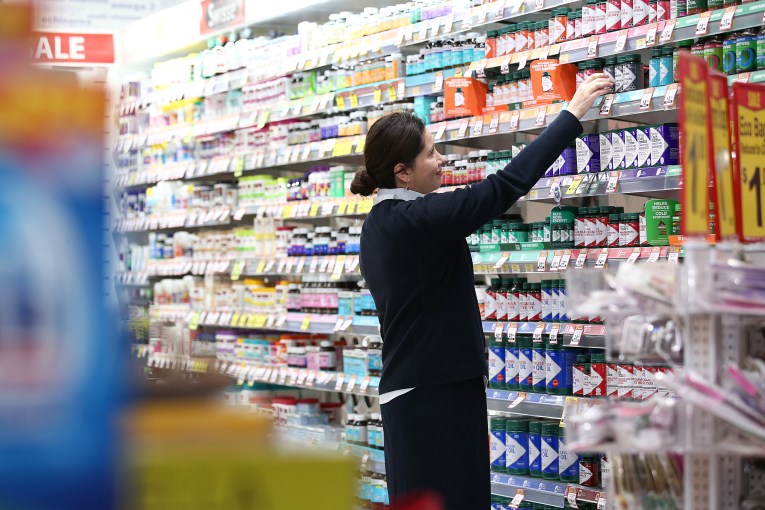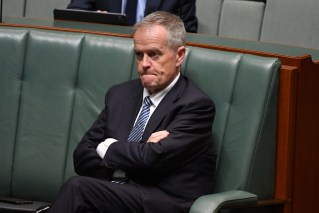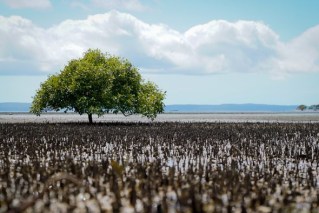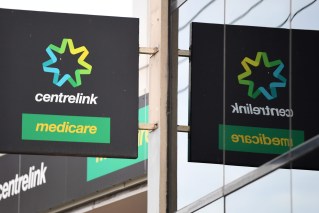Sunshine State the leader in solar (of course) but green projects on the wane
Queensland is dominating the uptake of household renewable energy with four of the top five postcodes for rooftop solar in Australia, but there has been a dramatic decline in the nation’s project development, according to the Clean Energy Council.

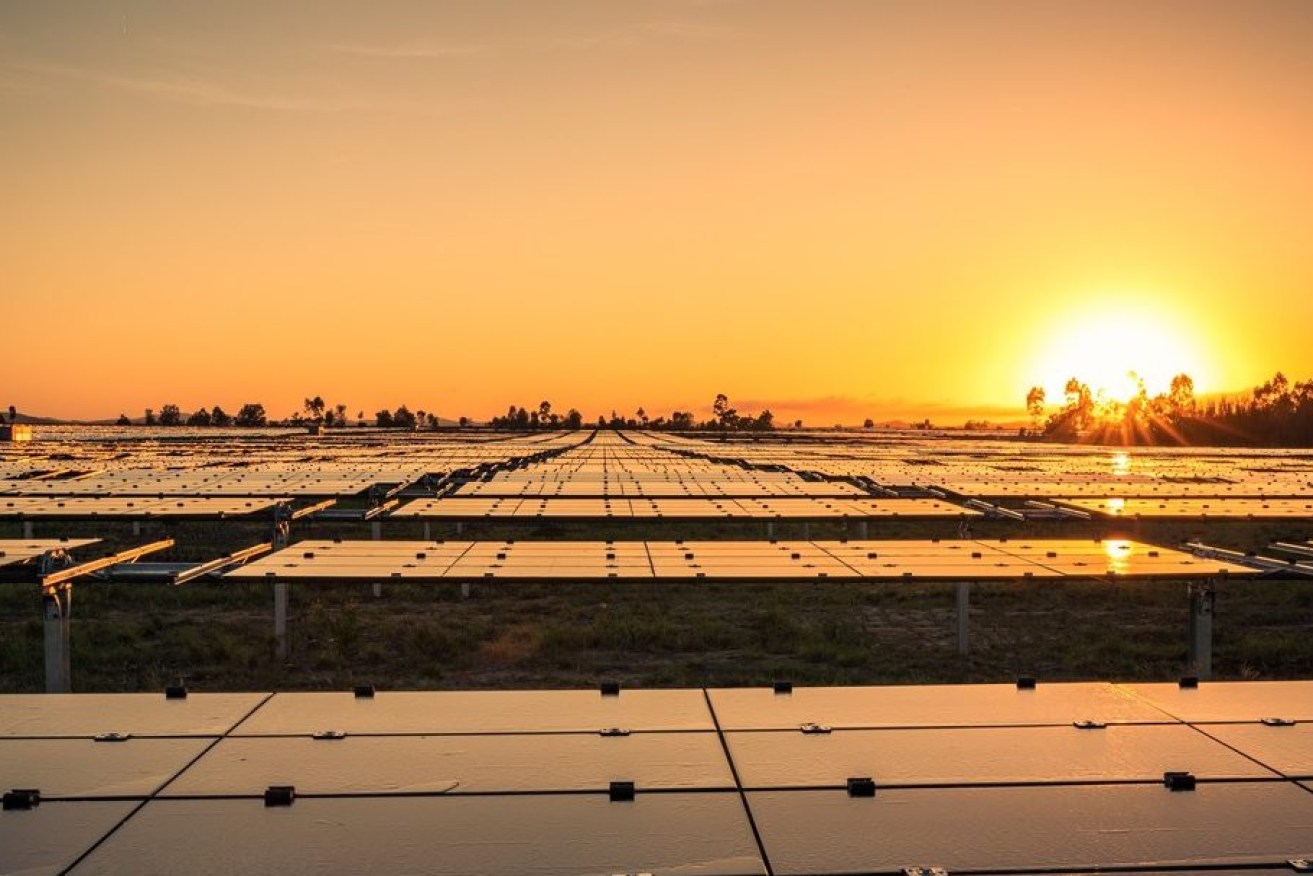
Bundaberg continues to the leading location for rooftops with 13,500 installations, followed by the retirement towns of Hervey Bay at number 3, Caloundra at fourth. Toowoomba is fifth and the coal capital of Mackay is 10th.
But because of the massive amount of coal and gas-fired electricity generation in Queensland the state sits at the bottom of all the states in renewable market penetration with just 14 per cent. However, it’s third when it comes to the total amount of electricity generated by renewables.
It’s been a long road back under this government for the past five years to regenerate a renewable energy sector that was almost obliterated under the LNP.
“Renewable energy generation has more than trebled from a sad four per cent in 2015 to 14 per cent last year, and a forecast 20 per cent by the end of this year,” Natural Resources Minister Anthony Lynham said.
“Since December 2016, almost $5 billion has been invested in almost 2500 MW of new renewable generation, creating almost 5000 jobs.
“Queensland is on track to achieve its 50 per cent renewable energy target by 2030, and is expected to hit 20 per cent this year.
Our newest publicly owned generator CleanCo will drive this ongoing growth with its remit to bring on an extra 1000 megawatts of clean energy over the next five years.
“Through CleanCo, Queenslanders will own their first new renewable energy generation in 20 years, at the McIntyre Wind Farm Precinct near Warwick.
“We continue to be a world leader in rooftop solar, with more than 560,000 Queensland rooves sporting solar systems.
“All of this has been achieved despite the investment wet blanket of constantly changing national energy policy, and no integrated climate and energy policy.”
Nationally, more than 2.2 gigawatts of new large-scale renewable generation capacity was added to the grid in 2019 across 34 projects, representing $4.3 billion in investment and creating more than 4000 new jobs, the CEC chief executive Kane Thornton said.
But the value of projects was down from more than $10 billion the previous year, which CEC said could be attributed to a lack of Federal Government policy on renewables.
“Almost two-thirds of this new generation came from large-scale solar, while the wind sector had its best-ever year in 2019 as 837 MW of new capacity was installed across eight new wind farms,” he said.
Since the report is for the 2019 year it does not include the massive 1 Gw of wind farm committed recently in Queensland by Acciona and CleanCo which is expected to cost about $1.9 billion.
Thorton said the success story of the year was the ongoing exceptional performance of the rooftop solar sector.
“After breaking records in each of the previous two years, the sector smashed through the 2 GW barrier for the first time in 2019.
“The 2.2 GW of new capacity added was almost double the record set just two years ago and the number of systems installed was the highest since the solar boom of 2012.”
More than 22,000 small-scale batteries installed in 2019 taking Australia’s household storage capacity past 1 GWh for the first time. There were also 15 utility-scale batteries under construction and several other projects financially committed at the end of 2019, 2020 promises to be a breakthrough year for batteries in Australia.
The CEC expects up to 500 MW of generation to be committed to through
In 2019, renewable energy was responsible for 24 per cent of Australia’s total electricity generation, an increase of 2.7 percentage points on 2018.
For the first time, wind overtook hydro as Australia’s leading clean energy source, accounting for more than 35 per cent of Australia’s renewable energy generation. Hydro power was second, contributing 25.7 per cent. This was lower than previous years due to the ongoing impact of the drought in eastern Australia and the massive growth experienced by wind and solar.
The CEC report said the renewable energy industry was responsible for almost 23,000 jobs across the construction, operations and maintenance and rooftop solar installation sectors in 2019 and there were 287,504 rooftop solar installations in 2019, which was the most installs since 2012 and the third-highest number ever.
